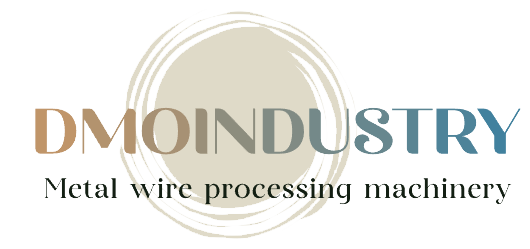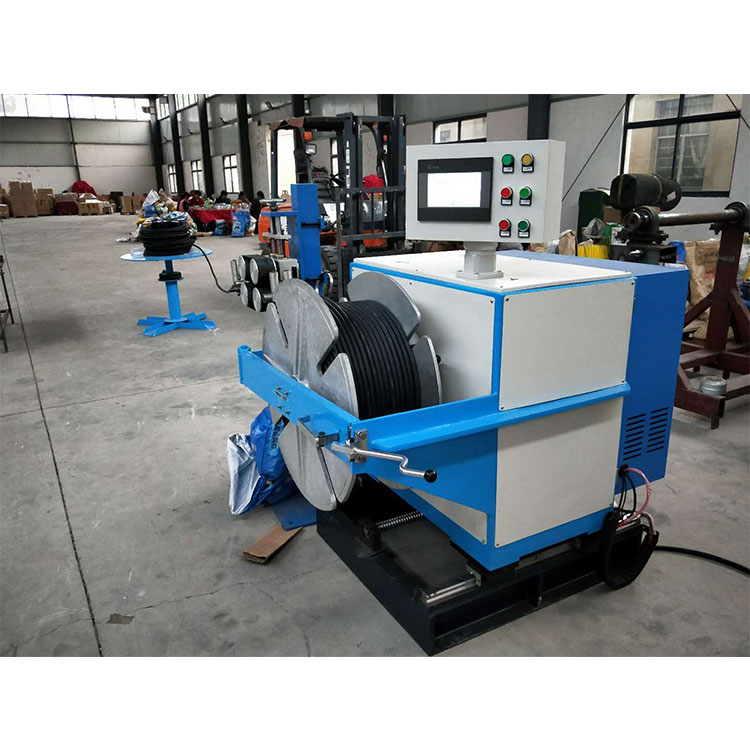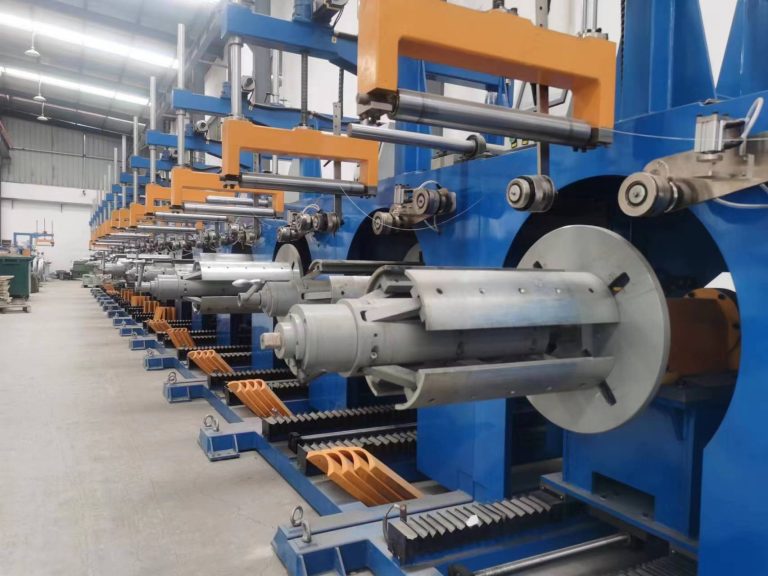Table of Contents
Benefits of Using traverse linear drives in Industrial Applications
Smooth Shaft Traverse Unit is a crucial component in many industrial applications, providing precise and efficient motion control for a wide range of machinery and equipment. These drives offer numerous benefits that make them an essential tool for industries that require accurate and reliable linear motion.
One of the key advantages of traverse linear drives is their ability to provide smooth and consistent motion over long distances. This is essential in applications where precision is paramount, such as in manufacturing processes or automated assembly lines. The linear motion provided by traverse drives ensures that equipment can move with the exactitude required to produce high-quality products consistently.
In addition to their precision, rolling ring Linear drives are also known for their durability and reliability. These drives are designed to withstand the rigors of industrial environments, including exposure to dust, dirt, and other contaminants. This makes them an ideal choice for applications where equipment needs to operate continuously without frequent maintenance or downtime.

 Another benefit of traverse linear drives is their versatility. These drives can be customized to meet the specific requirements of a wide range of applications, from simple linear motion tasks to complex multi-axis systems. This flexibility makes traverse drives a cost-effective solution for industries that need to adapt to changing production needs or scale up their operations.
Another benefit of traverse linear drives is their versatility. These drives can be customized to meet the specific requirements of a wide range of applications, from simple linear motion tasks to complex multi-axis systems. This flexibility makes traverse drives a cost-effective solution for industries that need to adapt to changing production needs or scale up their operations.
Traverse linear drives are also known for their energy efficiency. These drives are designed to minimize power consumption while maximizing performance, making them an environmentally friendly choice for industrial applications. By reducing energy usage, traverse drives can help companies lower their operating costs and reduce their carbon footprint.
Furthermore, traverse linear drives are easy to install and maintain, thanks to their modular design and user-friendly interfaces. This makes them an attractive option for industries that need to quickly integrate new equipment into their existing systems or troubleshoot issues on the fly. With minimal downtime and reduced maintenance requirements, traverse drives can help companies maximize their productivity and efficiency.
Overall, traverse linear drives offer a wide range of benefits that make them an essential tool for industries that require precise and reliable linear motion control. From their precision and durability to their versatility and energy efficiency, these drives provide a cost-effective solution for a variety of industrial applications. Whether you need to automate a manufacturing process, improve the efficiency of an assembly line, or enhance the performance of a robotic system, traverse linear drives can help you achieve your goals with ease.
How to Choose the Right Traverse Linear Drive for Your Specific Needs
When it comes to choosing the right Rolling-ring drives for your specific needs, there are several factors to consider. Traverse linear drives are essential components in many industrial applications, providing precise linear motion for a variety of tasks. Whether you are looking to upgrade an existing system or are in the market for a new traverse linear drive, it is important to understand the key considerations that will help you make an informed decision.
One of the first things to consider when choosing a traverse linear drive is the load capacity. Different traverse linear drives are designed to handle different weight capacities, so it is important to know the weight of the load that the drive will be moving. Choosing a drive with a load capacity that is too low can result in premature wear and failure, while choosing one with a capacity that is too high can lead to inefficiency and unnecessary costs. It is important to carefully assess the weight of the load that the drive will be moving and choose a drive with an appropriate load capacity.
Another important consideration when choosing a traverse linear drive is the speed and acceleration requirements of your application. Different drives are capable of different speeds and accelerations, so it is important to choose a drive that can meet the specific requirements of your application. Whether you need high-speed motion for a production line or precise positioning for a robotic arm, it is important to choose a drive that can deliver the speed and acceleration that you need.
In addition to load capacity and speed requirements, it is also important to consider the precision and repeatability of the traverse linear drive. Precision is crucial in many industrial applications, where even small deviations can lead to costly errors or defects. Choosing a drive with high precision and repeatability will ensure that your system operates reliably and accurately, meeting the demands of your application.
Durability and reliability are also key factors to consider when choosing a traverse linear drive. Industrial applications can be demanding, with harsh environments and heavy use putting stress on equipment. Choosing a drive that is built to withstand these conditions will ensure that your system operates reliably and efficiently, minimizing downtime and maintenance costs. Look for drives that are made from high-quality materials and have a proven track record of reliability in industrial applications.
Finally, it is important to consider the overall cost of the traverse linear drive, including not only the initial purchase price but also ongoing maintenance and operating costs. While it may be tempting to choose a lower-cost option, it is important to consider the long-term value of the drive and the total cost of ownership. Investing in a high-quality drive that is built to last and operate efficiently can save you money in the long run by reducing downtime and maintenance costs.
In conclusion, choosing the right traverse linear drive for your specific needs requires careful consideration of factors such as load capacity, speed and acceleration requirements, precision and repeatability, durability and reliability, and overall cost. By taking the time to assess these factors and choose a drive that meets your specific requirements, you can ensure that your system operates reliably and efficiently, meeting the demands of your application.






